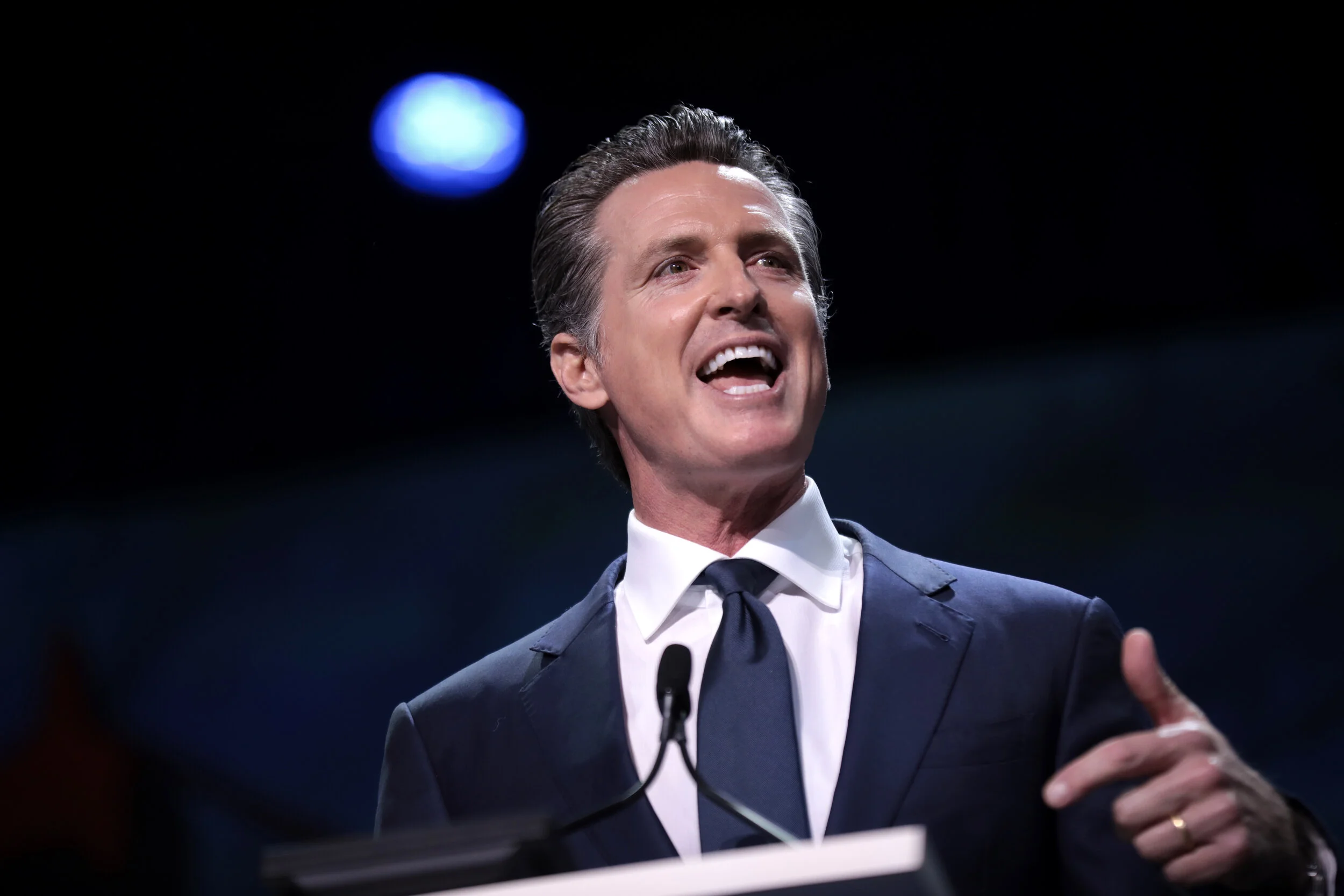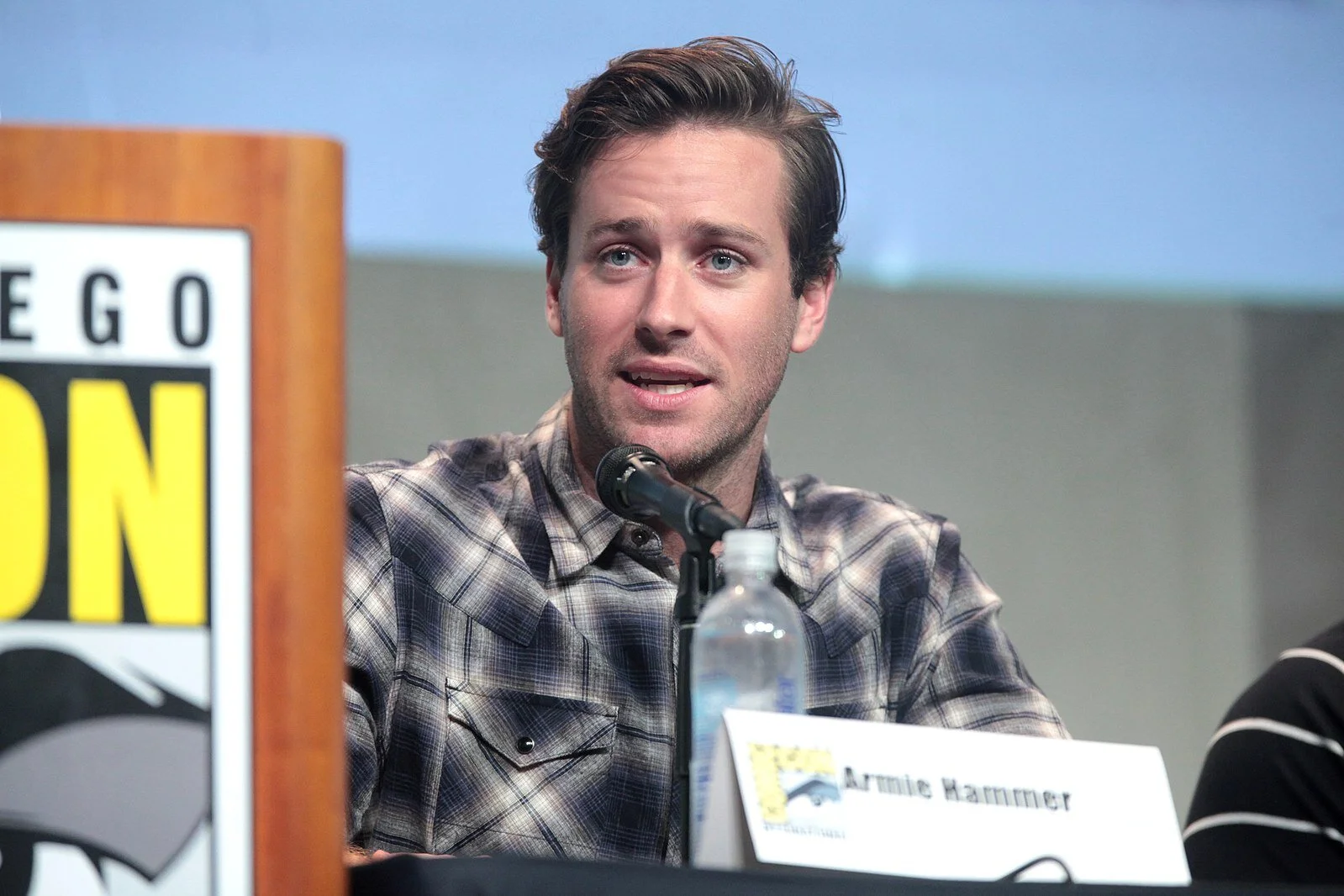By Kate Murray ’22
Staff Writer
Content warning: This article contains discussion of gun violence and hate crimes.
In the wake of several mass shootings last month, including the anti-Asian hate crimes in the Atlanta area, conversations about gun violence are resurfacing in political and personal circles alike. Having witnessed an exorbitant number of deaths from mass shootings in the past few decades, many Americans are still scratching their heads and wondering why the United States can’t seem to adequately address gun violence. For me and many others, the shooting at Sandy Hook Elementary School in 2012 was the point of no return. If a mass shooting resulting in the deaths of 20 small children wasn’t enough to persuade politicians that we need stricter gun laws, it’s difficult to fathom what will. This prompted me to do a deeper dive into the gun control debate in America, attempting to get to the root of why our country is so hesitant to embrace gun control measures and, as a result, witnesses significantly more gun-related deaths than most other wealthy nations. The answer is more complex than it appears.
My curiosity first led me to investigate our Second Amendment right to bear arms, including its historical context and how it has come to be a talking point of modern right-wing groups to justify a lack of gun control legislation. Just like I remembered learning in grade school, the newly independent Americans in the late 1700s wanted to insulate themselves from tyranny as much as possible after suffering decades of oppression under the British monarchy. They wanted to ensure that citizens had a right to protect themselves from foregin invaders who may try to seize their property. Thus, they wrote in the Constitution, “The right of the people to keep and bear Arms, shall not be infringed.”
For more context on how the Second Amendment has been interpreted throughout history, I spoke to Mount Holyoke Visiting Lecturer in Politics Anna Daily, a political theorist and professor of the American Political Thought course. Daily explained that the “right to bear arms'' has been lauded by both the political Right and Left at different moments in history for different reasons. “Guns are, in part, an equalizing force,” she told me. Just like early Americans wanted to protect themselves against powerful outsiders, groups throughout history, like the Black Panther Party in the 1960s and ’70s, wanted the right to possess weapons as a means of self-defense against their oppressors. According to Daily, their rationale was, “We need arms because we have to take care of us. As long as [the police] have guns, we need to have them too.”
In thinking more about the right to bear arms, I began to see how the gun control debate is about much more than just weapons. At the heart of this conversation are fundamental questions about political rights: what they are and how they can be infringed upon. Those who claim that legislations such as universal background checks are unconstitutional believe that simply making it harder to purchase a firearm is a violation of their liberties. On the flip side, gun control advocates believe that they have the right to be protected from mass shooters who are unquestionably unfit to wield a deadly weapon.
I also noticed how you can’t analyze the issue of gun violence and the right to bear arms without acknowledging the ways they intersect with other topics like race and mental health. The Washington Post found that there is a strong correlation between race, gun ownership and a person’s beliefs about guns. White Americans are much more likely than other racial groups to own guns and oppose gun control legislation. Many of them view gun ownership as integral to their national identity and a necessary possession for a good citizen. As Dr. Alexandra Filindra of the University of Illinois at Chicago writes in “Narratives of White Male Citizenship and the American Debate Over Guns,” “Guns are potent political symbols, and many people, especially white Americans, view guns as a defining component of political membership.” I also believe this to be a manifestation of white protectionism — the belief that whites are a threatened, marginalized group and deserve protection. For many white citizens, supporting the right to bear arms may be their response to the growing racial and ethnic diversity of the country, which they view as a threat to their dominant racial caste position.
In recent decades, mental health has also been at the forefront of the gun control debate. Stigmatizing rhetoric has been a key strategy of right-wing groups in the wake of mass shootings, turning the conversation about gun control into an individual rather than institutional problem. When the gunman is young and white, they are typically labeled as a “troubled youth” plagued by mental illness. Not only is it extremely problematic to be weaponizing mental illness, but framing the issue of gun violence in this way allows politicians to remain unaccountable for these atrocities.
Daily agrees with this point, saying, “The tools we have access to influence our actions. They’re not separate relationships.” By deflecting the blame onto the individual and pathologizing people with mental illnesses, the root cause of gun violence — a lack of gun control regulations — is left unaddressed.
The U.S. has a troubling track record of inadequately responding to incidents of gun violence, including mass shootings and hate crimes. Many more innocent lives, close to 40,000 a year, will be lost as our politicians continue to debate this issue. The pervasiveness of gun violence cannot be adequately addressed without considering many intersecting factors, including American history, patriotic symbolism, racism and mental health stigma. Perhaps analyzing the issue in a more holistic way will result in substantive change.













